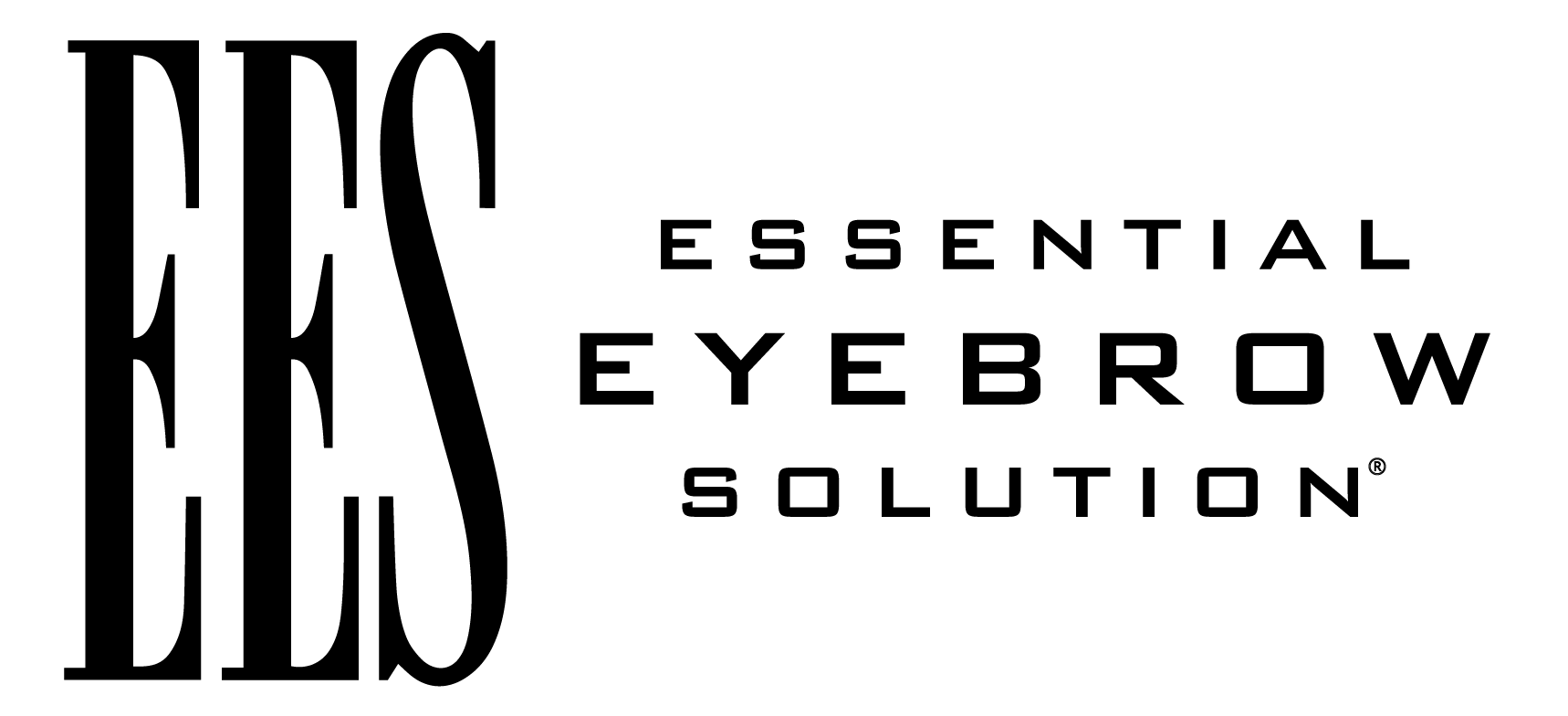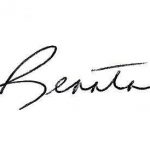Lather. Rinse. Repeat. Does Washing Your Hair Too Often Lead to Hair Loss?
If you read the instructions on a shampoo bottle, you’ll often see “lather, rinse, repeat.” Think about it. If you followed these basic instructions, you would keep on washing your hair until you ran out of shampoo, right?
While these simple instructions have brought much amusement to customers, they also have sparked another important, more serious, question—one that I have been asked numerous times throughout my career in the cosmetology and hair replacement industry:
Does washing your hair too often lead to hair loss?
There are many different viewpoints on this topic. According to Anabel Kingsley, a leading Trichologist (aka Hair and Scalp Specialist), you should be washing your hair every day (and never leave more than three days in between shampooing). Kingsley, daughter of the late “celebrity hair doctor” Philip Kingsley, has spent years studying this much-talked-about subject and doesn’t believe that washing your hair too often will damage it, or worse yet, cause it to fall out prematurely.
You’ve probably heard that frequent shampooing will strip your hair of its natural oils and dry it out. Ms. Kingsley disagrees. She thinks you should follow the same rule for haircare as for skincare: daily cleansing. Why? Since your hair has oil and sweat glands, you don’t want those oils on your head for days. Hair becomes greasy in a similar way that your face may get oily. There are glands in your skin that generate a substance called sebum. It’s the sebum that prevents your hair from drying out too much.
In my experience, Ms. Kingsley’s one-size-fits-all approach doesn’t work. It all depends on your lifestyle and your hair type. Let’s take a closer look…
Daily washing may be a necessity for one person and completely impractical for another. That’s why I often ask my clients these important questions: How oily is your scalp? Do you tend to perspire a lot? How often do you exercise? Do you take any medications? (Certain medicines may make your skin more prone to being oily or dry.) Are you past menopause? (The decrease in hormones can impact your hair, leaving it duller, thinner or drier.) Does your hair look better the second day after washing? These factors all must be taken into consideration. However, the biggest factor of all is the type of hair you have.
Oily Hair – Your hair gets greasy for the same reason your face gets oily: glands in the skin produce an oily substance called sebum. Sebum is what moistens hair and keeps it from drying out. The glands that produce sebum (called sebaceous glands) are located next to hair roots in the layer of skin called the dermis. Channels from the sebaceous glands lead to the hair follicle— that’s how sebum gets out of the skin and onto your scalp. The key thing about sebum is this: each of us produces a different amount. Everything from genetics and hormones affects how much sebum we produce at a given time. Therefore, if your scalp is oily, you may need to wash it as often as once a day. Be sure to thoroughly rinse your hair with cold water after shampooing. (Hot water is known to stimulate the glands that produce sebum.)
Dry Hair – Dry hair (the opposite of oily hair) occurs when the hair doesn’t get enough sebum oils or enough vitamins and nutrients. Using a mild shampoo and conditioner a few times per week and eating a healthy diet should help considerably.
Thick/Coarse Hair – If you need to spend a lot of time straightening your thick, curly, or coarse hair, then daily shampooing is not an option. What’s recommended? Don’t go more than three days in between washings.
Thinning Hair – Do you know that washing your hair makes thinning hair look fuller? (Bonus!) For maximum volume, try staying away from products that contain too much moisture, which only weigh hair down. Look for products that are formulated for your specific hair type.
General Hair Washing and Conditioning Tips:
Gently massage the shampoo into your scalp using vertical strokes from behind your ears up to the crown and all around the top. (Ideally, you should spend a few minutes on the sides and top, and a couple more on the back of your head and the nape of your neck.) Keep in mind, you’re aiming to thoroughly cleanse your scalp. That’s where the dirt and oil are building up and clogging the hair follicles.
Avoiding your roots while conditioning is extremely important. Starting from the ends and combing the conditioner to the mid-lengths of your hair is the best way to hydrate your strands where they need it most.
Have additional questions? Ask your hairstylist about what is best for your specific hair type and lifestyle. Keep reading my blogs to learn more about the latest in haircare, helpful health and wellness tips, eyebrow-related beauty trends and much more!
Always remember: Be informed. Be encouraged. Be empowered. But, most of all . . . Be yourself.
About the Author
Renata Marie Vestevich is the president and founder of EES – Essential Eyebrow Solution®. She is also the owner and director of Advanced Hair Solutions in Auburn Hills, Michigan. Her career covers more than 30 years in the cosmetology and hair replacement industry. To read Renata’s full bio, click here.


